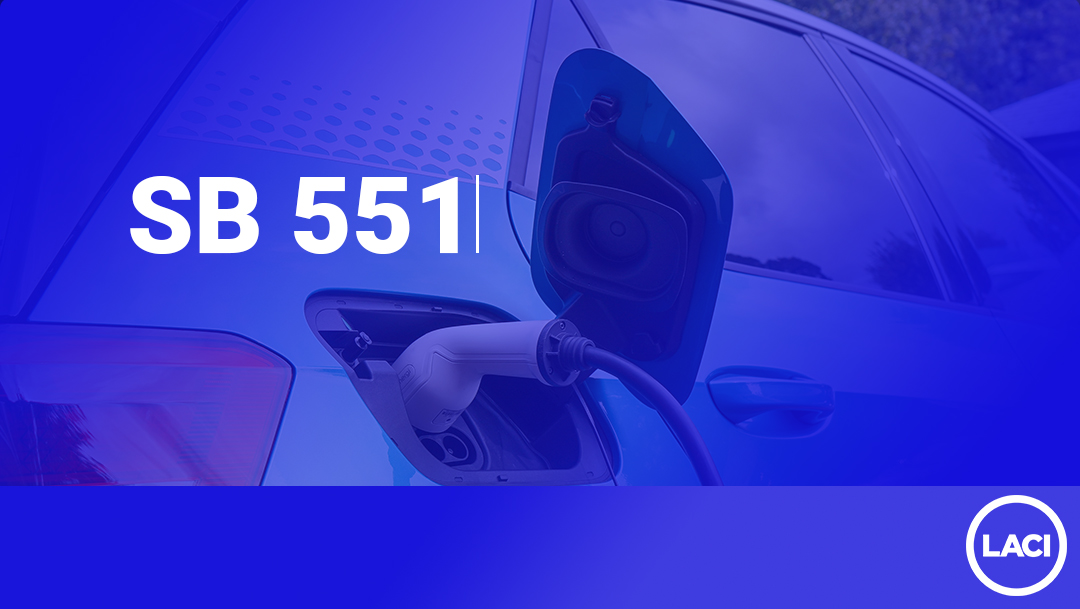
Blog by LACI Portfolio Company Xeal
In the dot com era, we used to hear about garage startups running local servers to deploy services and products by having to spend significant amounts of capital to just test out their ideas. On the other hand, large companies would spend extraneous amounts of time and resources managing on-premise data centers in a closed environment to operate all business processes. Every file and click was processed or accessed by large computers dedicated for this in isolated, well cooled, and dimly lit rooms on the premises of the business.
However, in the late 2000s we started seeing a massive migration to public servers far away from the users with AWS launching their cloud services to allow businesses of all sizes to scale as they needed without having to worry about operating the servers. In fact, salesforce was one of the first successful early adopters of cloud computing. The onset of cloud computing allowed for remote access via the internet to shared or dedicated servers thousands of miles away for the purpose of accessing computation power at lower costs with the ability to scale with growth as needed so businesses could focus on their core product while the cloud providers took advantage of the arbitrage opportunities made available by pure economies of scale. This model has and will continue to work for traditional SaaS based and modern day applications where data is processed and accessed over the internet.

While the cloud computing use case was getting the spotlight a new technology was evolving in the 90s; the internet of things with connected devices and equipment that allowed for remote monitoring, tracking, and predictive analytics. One of the first demonstrations of the Internet of Things was a Coca-Cola vending machine in 1989 that reported temperature and availability of cans to a far away computer in Carnegie Mellon University. With billions of connected devices emerging over the last decade, generating copious amounts of data that needed fast decision making, people started seeing gaps in the pure cloud computing model. The gaps could be summarized as limited bandwidth availability, poor latency where real time processing was needed by these devices, and a requirement for highly reliable and available internet connection for processing wherever the smart devices were deployed.
To counter this or support a more balanced approach, edge computing started rising. Edge computing is a model where information is processed and managed right where the devices are deployed and data is produced. This can be achieved with edge gateways or intelligent embedded systems where decisions are made in real time and only the necessary data is shipped back to the cloud or an on-site local server. This solves the problem of latency and reduces costs by processing data and only storing useful information on the cloud. This hybrid approach allows for the best of both worlds with distributed and local edge computing for real time applications and utilization of the cloud for larger data intensive operations and storage of data as there is only so much data that can be stored and processed on the edge device. An example of this is an autonomous car where the real time decisions of object/accident avoidance sensory data is processed locally but for instance an error or new anomaly is sent to the cloud for further big data analysis.

It is obvious that the future for connected devices is in utilizing an edge to cloud platform where decisions and data are processed locally and the cloud is only utilized for data warehousing and other actions like firmware updates. This is typically achieved by deploying an internet connected device, establishing a network via wifi, cellular, ethernet or more advanced protocols like Zigbee and mesh networks and installing IoT gateways and access points. However, the power of this edge to cloud model is often lost when it comes to shared and consumer facing connected devices that are truly deployed on the edge like smart locks, shared package lockers, shared mobility, electric vehicle chargers, and more. This is because processes like authentication, authorization, payment processing etc. are typically only done in the cloud and edge processing is unavailable due to constraints in computation and memory in devices. As a result, the strength of edge computing where decisions are made locally is lost and uptime becomes a risk due to its dependence on a reliable, fast, and available internet connection to the cloud. Furthermore, when the connected devices are deployed truly at the edge then the availability of an internet connection or extension of it to where the devices are becomes a barrier of entry into markets and can be cost-prohibitive. Biden’s $100B plan to bring the internet to over 30 million people provides further evidence to the lack of coverage from a geographical perspective.
Xeal has developed a new patent pending protocol codenamed NIFT (“No Internet for Things”) to overcome these challenges and to bring the world of shared connected devices to take advantage of edge computing in all environments both online and offline. Functions like access control, data transfer, firmware updates, and payment processing can be done entirely offline with no active internet connection needed and entirely on the edge. The protocol leverages highly secure short range communication technologies to make decisions offline on the edge paired with the power of distributed and portable smartphones that act as the gateway to bring the data back to the cloud after being processed for storage. The protocol has already been commercialized for the electric vehicle charging industry where these devices are deployed in subterranean garages, remote areas, and the data needs are so significant that cellular plans eat away all the margins. You can watch the demonstration video here.

The protocol can be adopted by other industries to go from edge to cloud with connected devices especially if high speed processing, reliability, and optimal experience is critical. Xeal offers an end-to-end platform from hardware to cloud leveraging to go from zero to NIFT in weeks.
To learn more about NIFT and Xeal you can contact us at info@xealenergy.com

